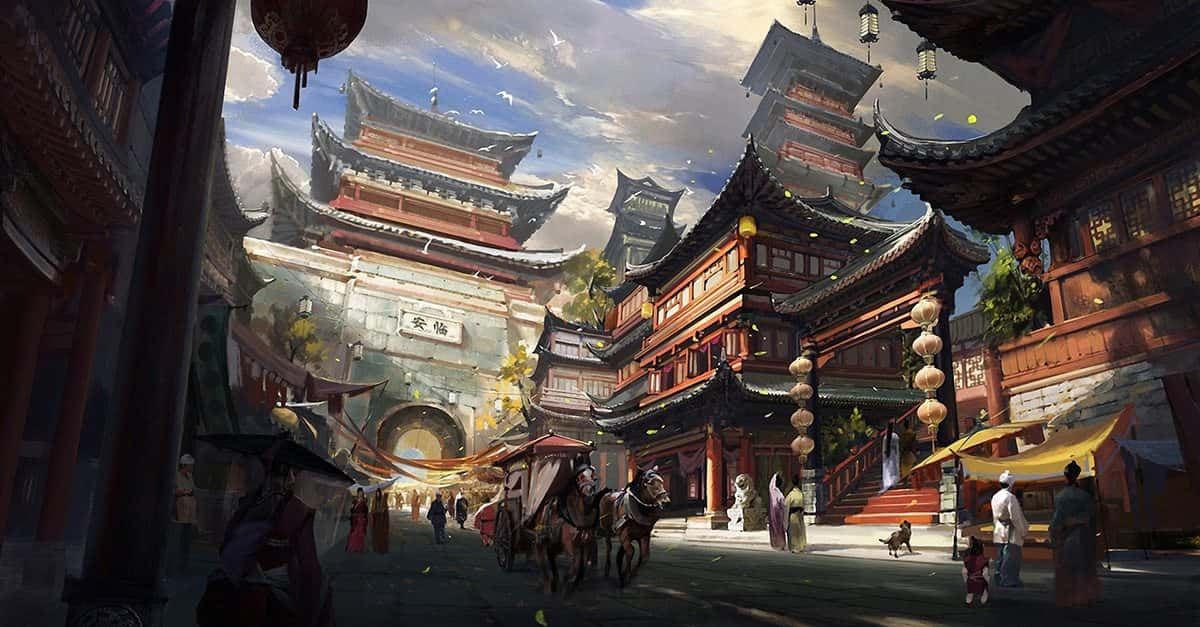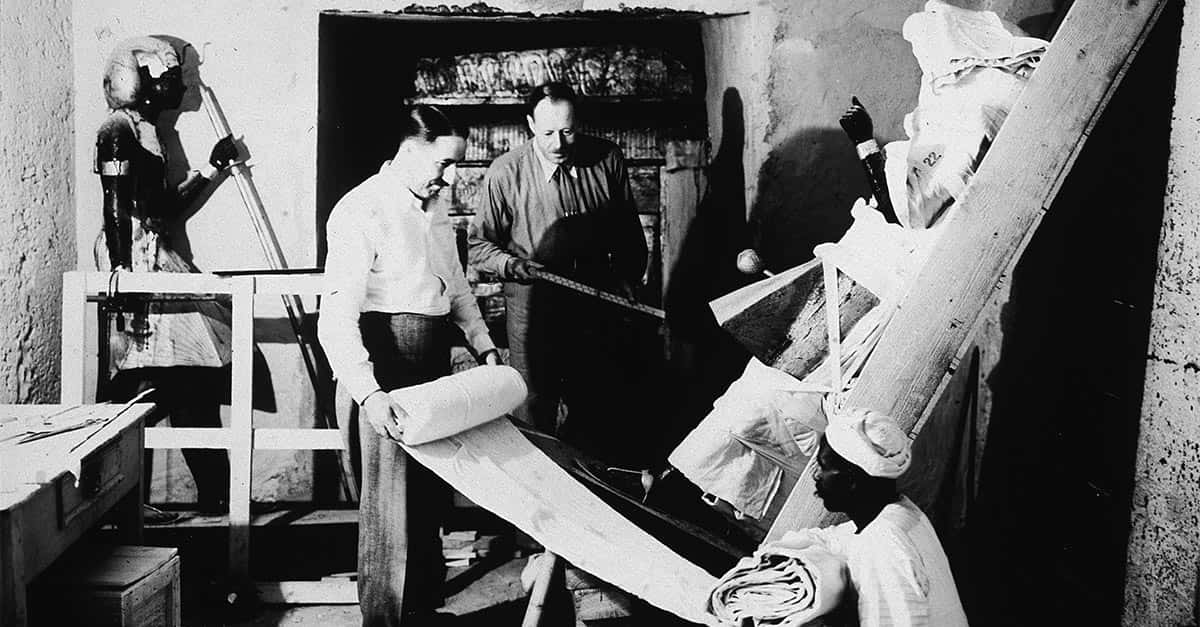The Dark History of West Virginia Penitentiary

West Virginia Penitentiary, with its gothic stone facade, casts a long shadow over the town of Moundsville, both figuratively and literally.
This fortress-like structure has been the backdrop for some of the most grim chapters in American penal history.
From inhumane conditions to notorious inmates and violent uprisings, the walls of this institution have witnessed a spectrum of human experience, etched into its very stone.
The Foundation of Fear: A Brief History
Constructed in 1876, West Virginia Penitentiary was established in the wake of the Civil War, at a time when the state was grappling with rapid industrialization and the social changes it wrought.
Built to bring law and order to a troubled region, it quickly became a place synonymous with punishment and penance, evolving over the years to house some of the most dangerous offenders in the country.
A Legacy of Inhumanity: Living Conditions
 Carol M. Highsmith, Wikimedia Commons
Carol M. Highsmith, Wikimedia Commons
The penitentiary was notorious for its brutal living conditions.
Overcrowding was a chronic problem, with small, claustrophobic cells often housing multiple inmates. Sanitation was poor, leading to rampant disease.
The torturous practice of solitary confinement in pitch-black cells further marred the institution's history, breaking the minds and spirits of those within.
Notorious Names: Infamous Inmates
 Carol M. Highsmith, Wikimedia Commons
Carol M. Highsmith, Wikimedia Commons
The prison's roster read like a who's who of notorious offenders, with each cell telling a story darker than the last. Charles Manson, though never an inmate here, indeed made a notorious request to be transferred to this facility, closer to his family.
While Manson never walked these halls, others like Earl Raymond Duff, a cold-blooded offender responsible for multiple slayings during a robbery spree in the 1930s, did.
Another was Harry Powers, known as the "Bluebeard of Quiet Dell," who lured his victims through lonely hearts ads, only to rob and brutally end them.
These individuals, and countless others like them, filled the air with whispers of their misdeeds, creating a palpable sense of dread that permeated every stone of the penitentiary. Each inmate's history of crime was meticulously documented, creating a grim archive of human depravity and despair.
The tales of their transgressions and subsequent punishments remain embedded in the legacy of the penitentiary, stories retold with a mix of fascination and horror by those who visit the now-silent cells.
Architectural Oppression: The Design
 Carol M. Highsmith, Wikimedia Commons
Carol M. Highsmith, Wikimedia Commons
The penitentiary's architecture was as much a tool of suppression as the guards themselves. The design was inspired by the Northern Illinois Penitentiary and was meant to intimidate.
Its towering walls and narrow windows allowed for minimal light, creating an environment of constant psychological pressure, while the administration building was positioned to exert a panopticon-like vigilance over the inmates.
The cells of the West Virginia Penitentiary were designed to impose both physical confinement and psychological isolation. Barely spanning 6x7 feet, these austere cells were small, cramped spaces, barely allowing room for an inmate to move freely.
With ceilings just high enough to prevent a sense of openness, the design was a constant, unrelenting reminder of the deprivation of freedom.
The heavy iron bars and the thick, stone walls were a stark contrast to the freedom of the rolling West Virginian hills visible from the narrow windows, serving as a cruel reminder of the world outside.
The floors were cold concrete, and the amenities were Spartan at best, stripping away any remnants of personal comfort and dignity.
These cells, lined uniformly along the tiers, created a chilling panorama of captivity, an architecturally enforced purgatory that held within it stories of countless lives reduced to mere numbers and statistics.
Running on Routine: Daily Operation
Life inside the penitentiary was marked by a strict, unforgiving routine. The inmates' days were filled with hard labor, and rules were enforced through severe discipline.
The institution operated its own coal mine, where prisoners worked in perilous conditions. The mine, coupled with a strict silence policy and minimal interaction, created an atmosphere of relentless monotony and despair.
Desperate Measures: Prison Breaks and Riots
The oppressive regime led to numerous attempts at escape and violent riots, the most notable being the riot of 1986.
Fueled by the inhumane conditions, inmates took control of the prison for two days, leading to a bloody standoff that highlighted the desperate lengths to which humans will go when pushed to their limits.
Inmates took control of the facility, holding guards hostage and asserting their demand for better treatment.
The aftermath was gruesome; three inmates lost their lives, several were injured, and the physical structure of the building suffered extensive damage. The riot brought national attention to the plight of the inmates and the need for custodial reform.
As a result, it prompted a series of changes, including improvements in the living conditions and the implementation of more effective rehabilitation programs.
The Final Judgement: Executions
 VitaleBaby at English Wikipedia, Wikimedia Commons
VitaleBaby at English Wikipedia, Wikimedia Commons
West Virginia Penitentiary was the site of numerous executions throughout its years of operation, with the electric chair, Old Sparky, being a grim instrument of final judgment.
These executions were often public spectacles, drawing crowds and contributing to the penitentiary's morbid notoriety.
After the Closing: The Penitentiary Today
 Taber Andrew Bain, Wikimedia Commons
Taber Andrew Bain, Wikimedia Commons
The penitentiary closed its doors in 1995, but its legacy endures.
Today, it serves as a historical site and a chilling reminder of the past. Tours of the facility recount the harrowing stories of its inmates and the dark chapters of its operation, making it a potent symbol of the consequences of a flawed justice system.
Final Thoughts
The West Virginia Penitentiary's dark and tragic history serves as a stark lesson in the excesses of punishment over rehabilitation. It stands as a cautionary tale of what can happen when a society prioritizes retribution over redemption.
Now silent, the penitentiary's looming structure and the stories trapped within its walls continue to fascinate and horrify all who walk its corridors.











